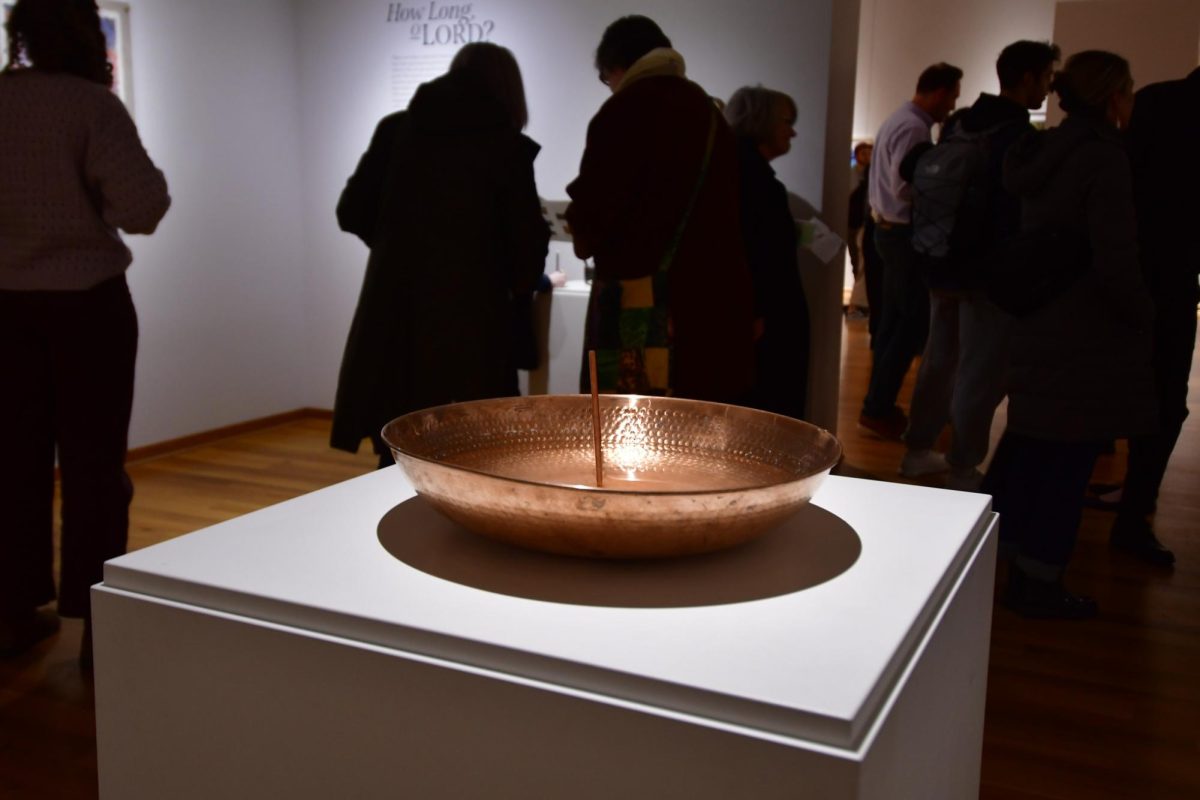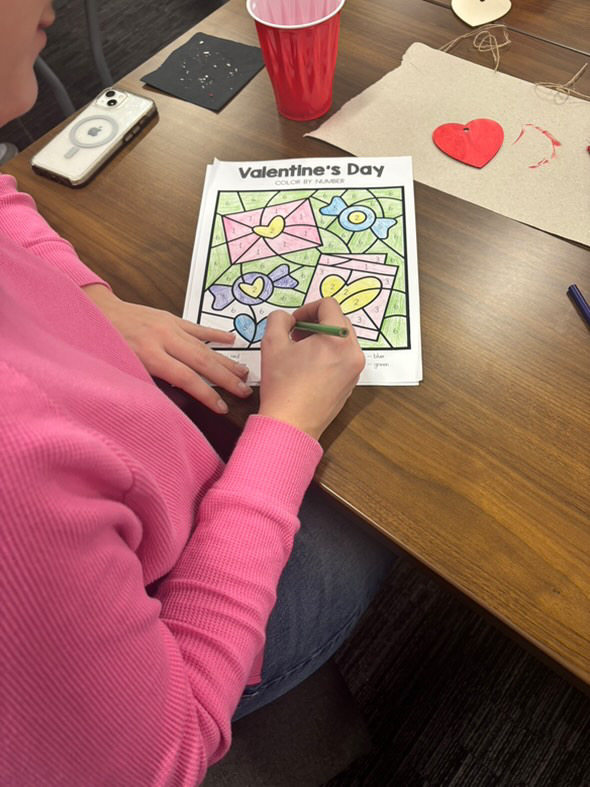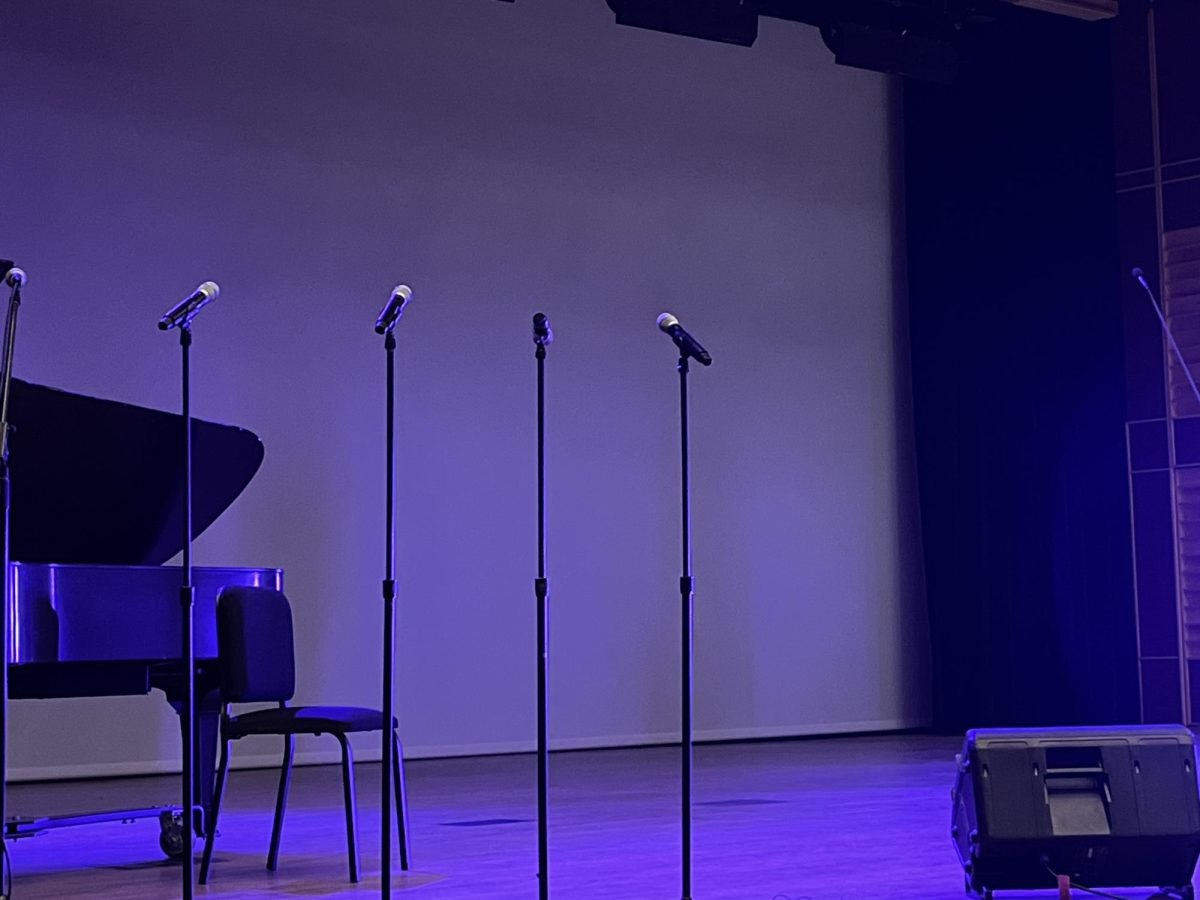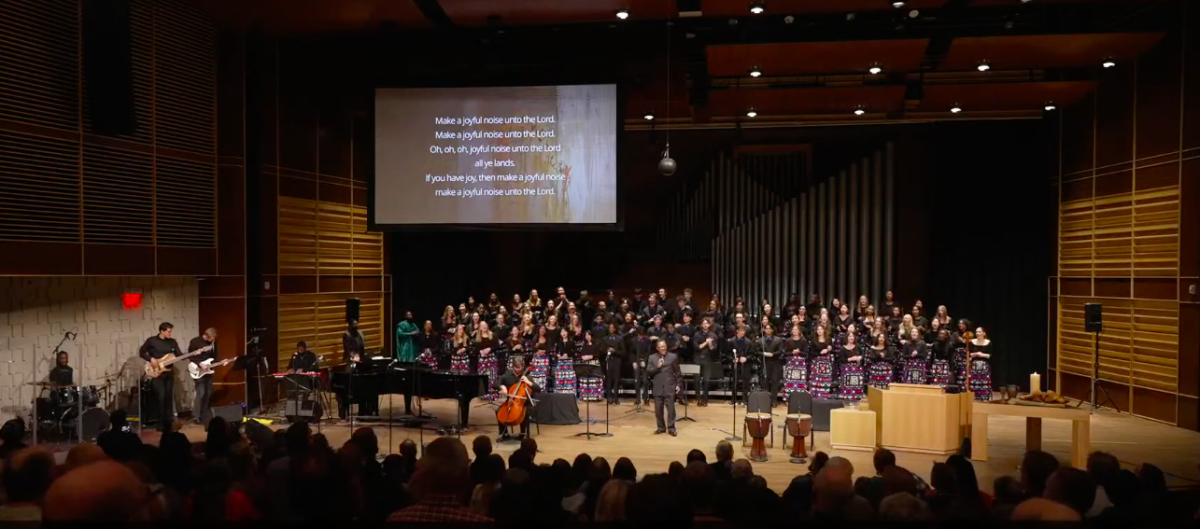From the moment it was announced that season two of “American Horror Story” would be a period piece set in an asylum for the criminally insane, my first thought was that that seemed almost too obvious. But then again, season one of the breakout show was set in a haunted house. What could be more cliche than that? Because the show was pulled off with an awareness of its own tropes, almost celebrating the fact, and complete with superb writing, and top-notch acting, “American Horror Story” became one of the standout shows of the season.
And so, it was with much anticipation that fans welcomed “American Horror Story Asylum” to the air Thursday night. “American Horror Story” is an anthology style show, with each new season heralding a new set of characters, a new horrific location, story, etc. Although the characters have changed, some of the acting talent has not. Most notably Jessica Lange, Evan Peters, Lily Rabe and Zachary Quinto have returned for the second season.
“Asylum” was definitely made for the Internet age. It may seem strange to say that about a show that mostly takes place in 1964, but there’s a sort of “everything but the kitchen sink” mentality that comes from our multitasking culture that serves it well. Compared to “Asylum,” season one of “American Horror Story” was practically a model of restraint, and that had a ghost in a black latex body suit in it.
“Welcome to Briarcliff” began with a standard horror trope, acted and directed with complete awareness of what a standard trope it is. Horror-loving honeymooners (Adam Levine and Jenna Dewan) gleefully traipse through the haunted, decrepit ruins of Briarcliff Asylum for the Criminally Insane, on a mission to visit the 12 most haunted places in America, and get it on
Everyone knows that this never turns out well in the horror genre. We aren’t exactly sure why the couple doesn’t know that. As these things go, they begin to get down to it on an examination table, hear a noise, go investigate, and the husband promptly loses a limb as his wife services him. Classic horror movie trope. It’s hard to pity that guy — they should have known.
Flash back to 1964.
While the storyline in the present day appears to have been filmed through an Instagram filter, and looks like a bad 90s music video, 1964 is perfect.
Briarcliff is everything we fear that a reclusive asylum in the 60s would be; it’s dilapidated, cold, dark and dirty. The most pleasing piece of continuity between “Asylum” and the previous season of “American Horror Story” is the extraordinary production design. With an elaborate creepy building that seems to twist and turn into deeper and darker chambers, the centerpiece of Briarcliff is the biggest, most Gothic iron spiral staircase imaginable. I worry someone is going to tumble over the rails from sheer vertigo.
The asylum is complete with torturous “treatments,” and a misunderstanding of what mental illness is and how to effectively address it, which no doubt is one of the many fear-based themes to be explored and addressed throughout the series. There is rampant religious abuse, malpractice in the name of science and this French playground music that I’ll either despise or have as my ringtone by the end of the season.
In the first season of “American Horror Story,” things seemed to start off with the purpose of scaring the viewer, and got more introspective as the series progressed. “Asylum” on the other hand, seems to be doing the opposite, opening up various story lines and avenues to explore mental illness and insanity, as well as issues of homophobia and mixed race marriage.
Rather than going for the big scares, Ryan Murphy and Brian Falchuk, the show’s creators, take the route of heavy-handed commentary on social issues, notably with a white man’s marriage to an African American woman in the 60s and a secret lesbian relationship. It is worth mentioning that people were (and, I’ve read, are still) actually committed for being gay. Seeing these issues portrayed in 1964 may make the viewer realize that not as much as we would hope has changed. True horrors are more frightening than imaginary ones.
Briarcliff is the perfect set in which to delve into that deep fear that we all have of slipping quietly and unknowingly into insanity, while still insisting that we are, in fact, sane.
“Welcome to Briarcliff” is (although bursting to the seams with nearly everything imaginable (monsters, aliens, a Frankenstein-like doctor, nuns with a penchant for punishment, the insane and the might-be-insane) a solid start. The writers of the show had to come up with a completely new storyline for an established hit, and they have created a foundation that seems thought out and prepared with multiple avenues to explore.
Perhaps “American Horror Story: Asylum” will turn out to be even better than the first season. The subject matter is definitely scarier; the question of what is real and what isn’t, the battle of science versus religion; insanity. The multi-layered first episode fleshes out the characters with an uncomfortable oddness that leaves the viewer wondering and hungering for what’s to come.






